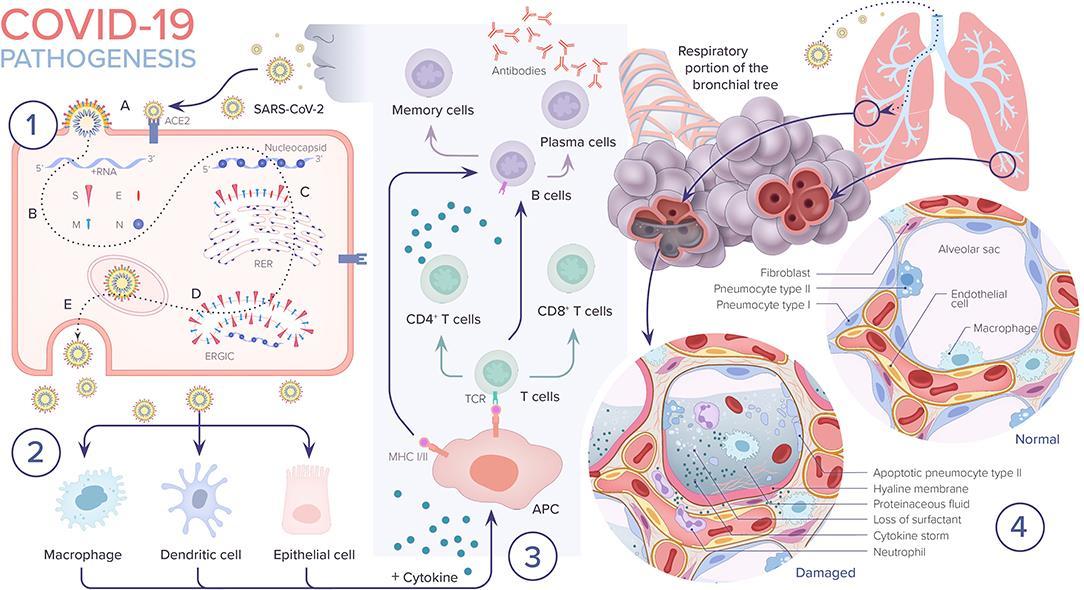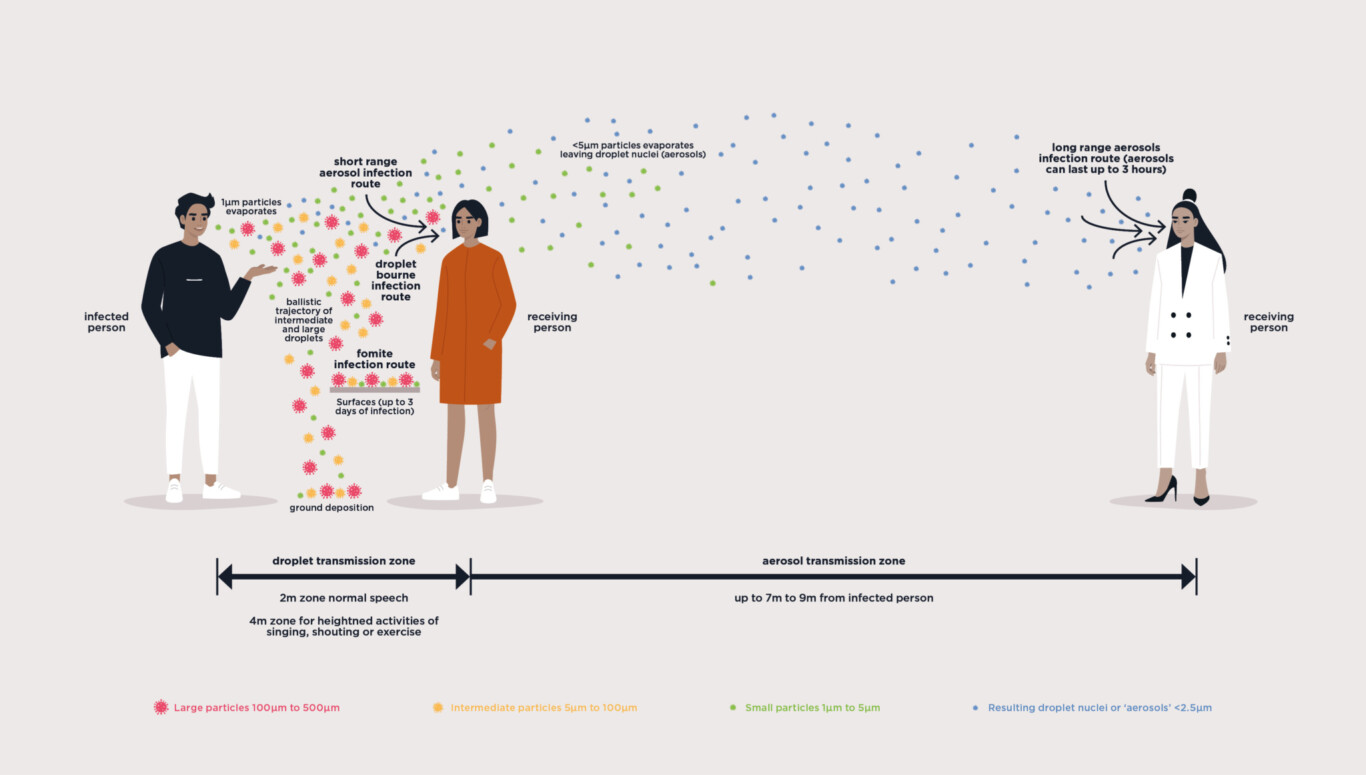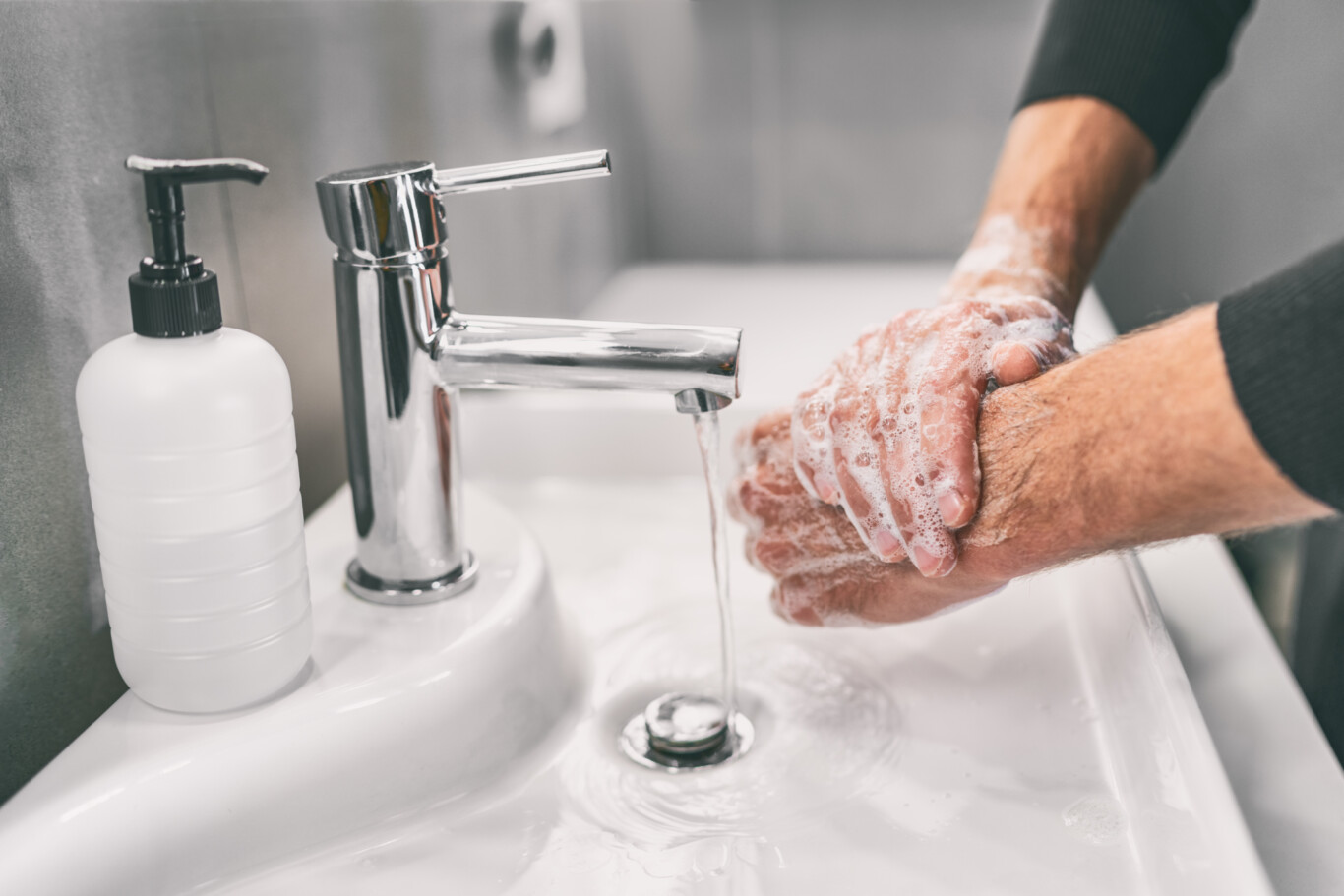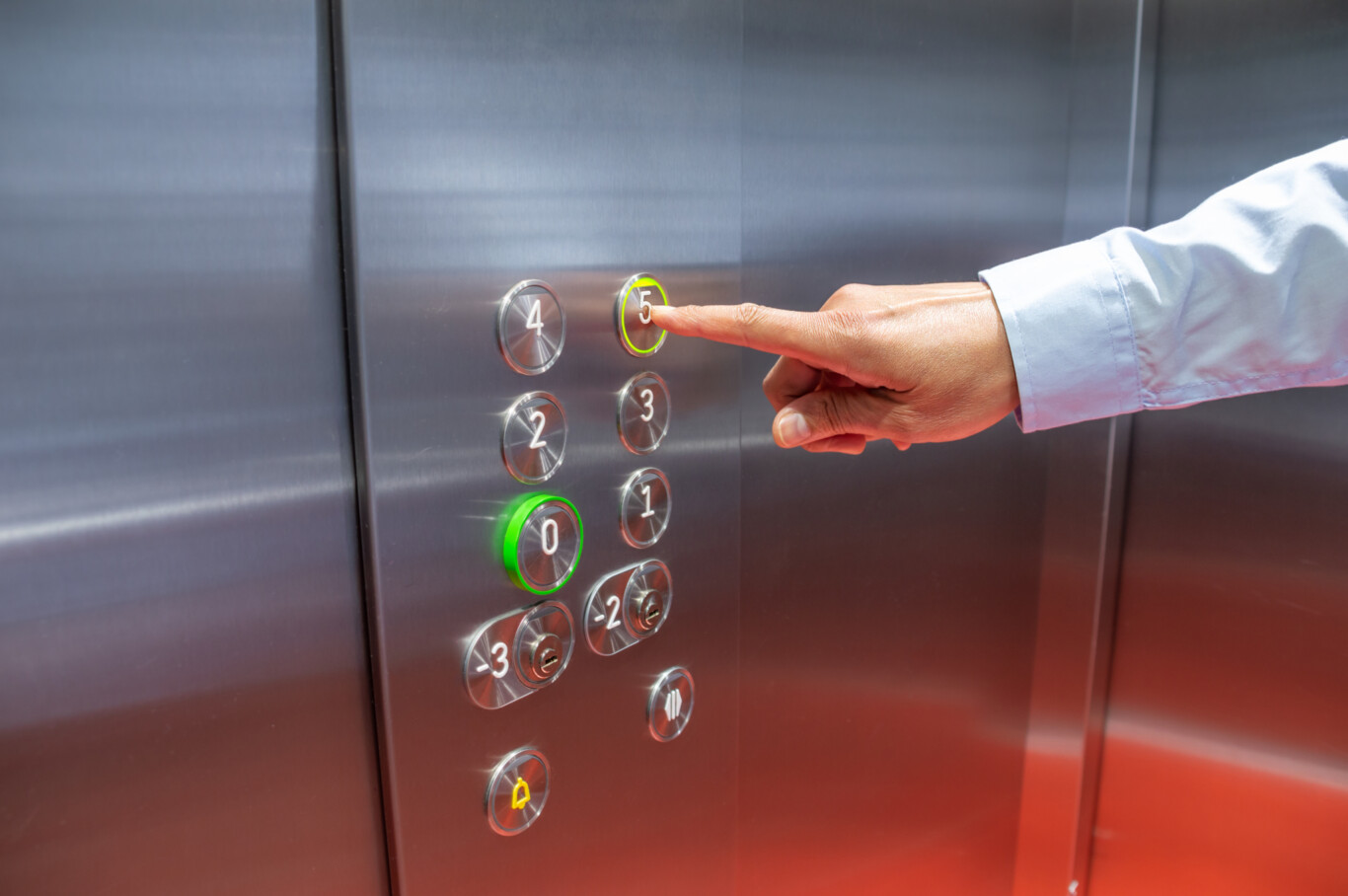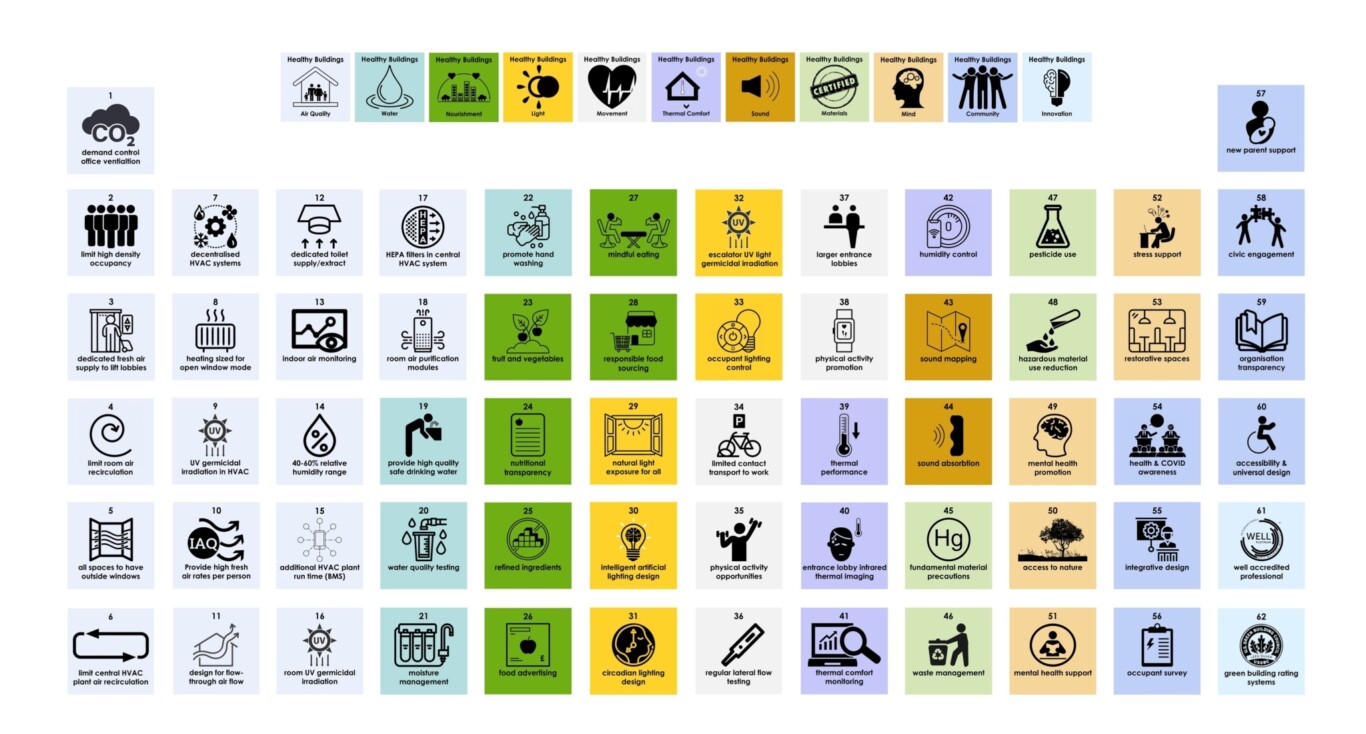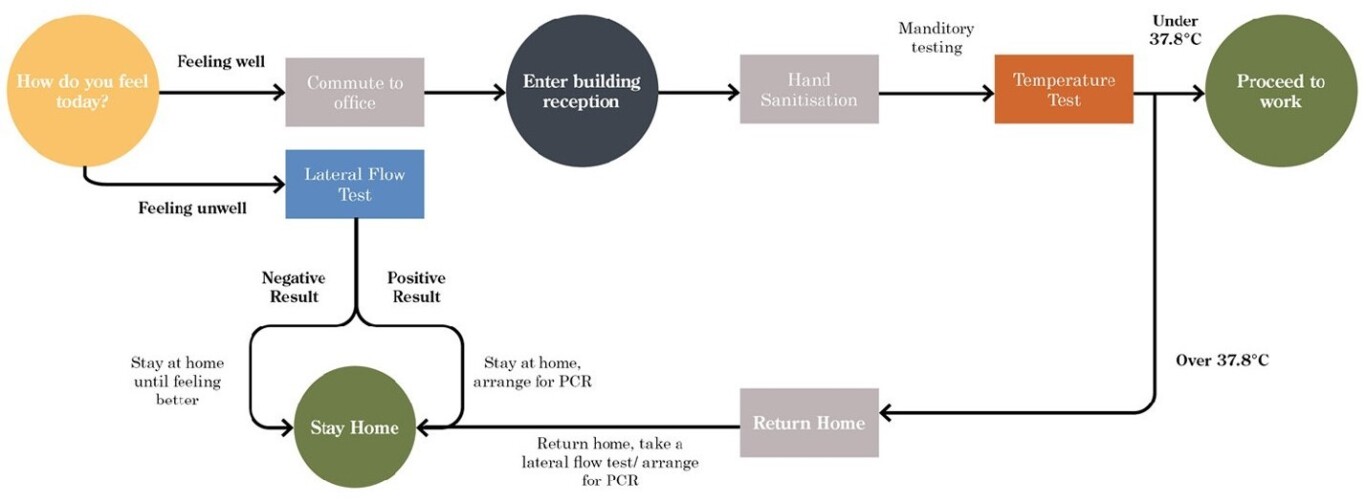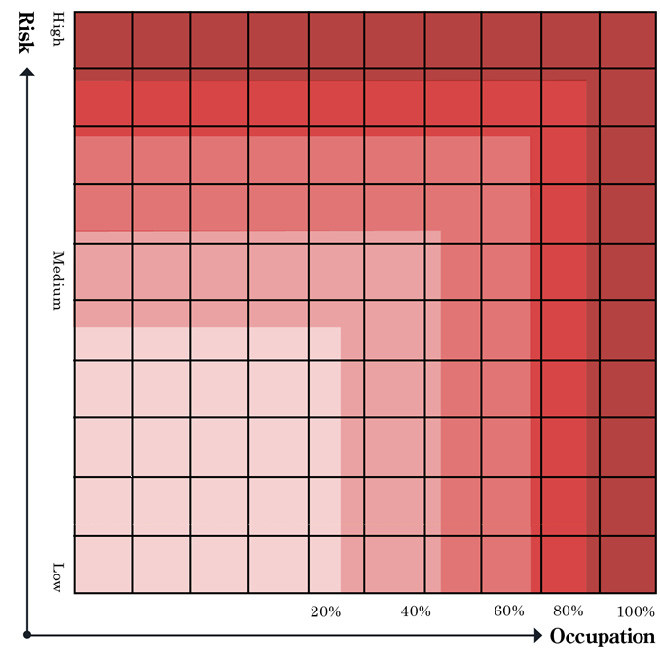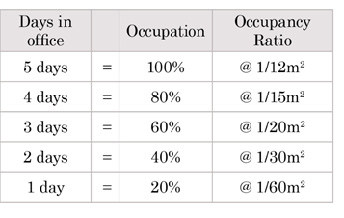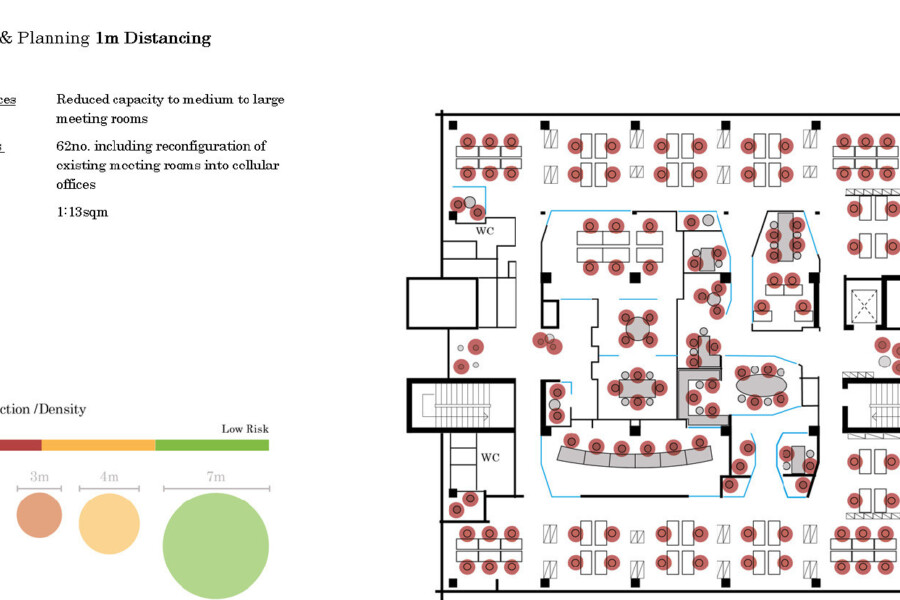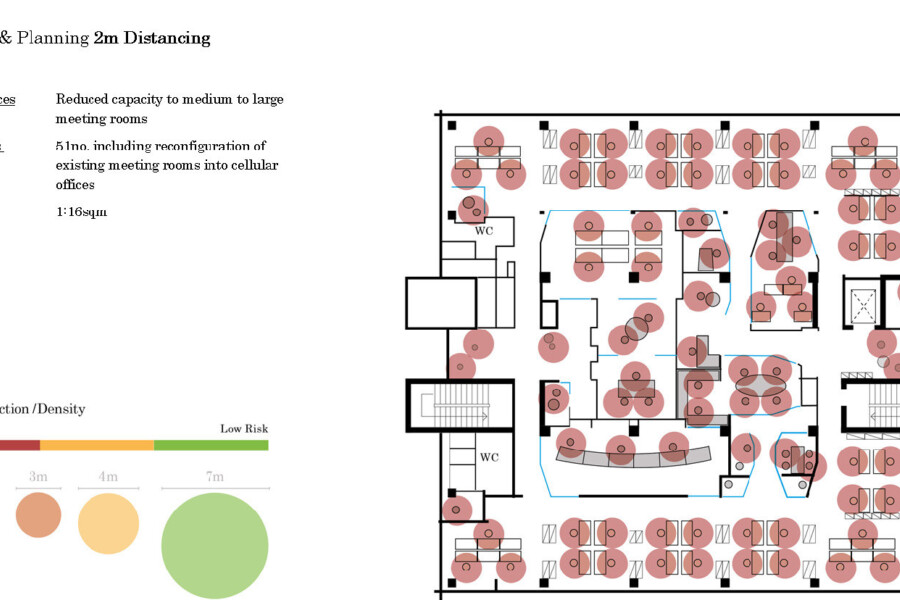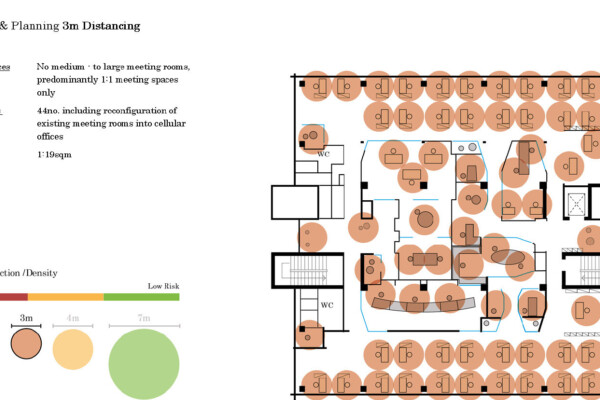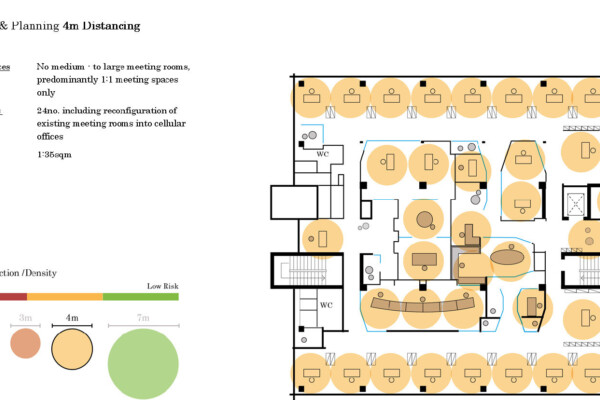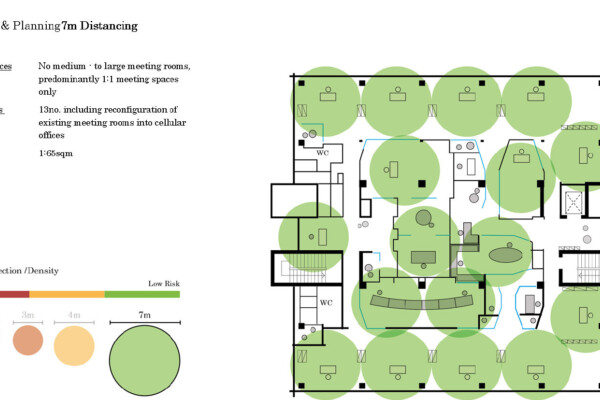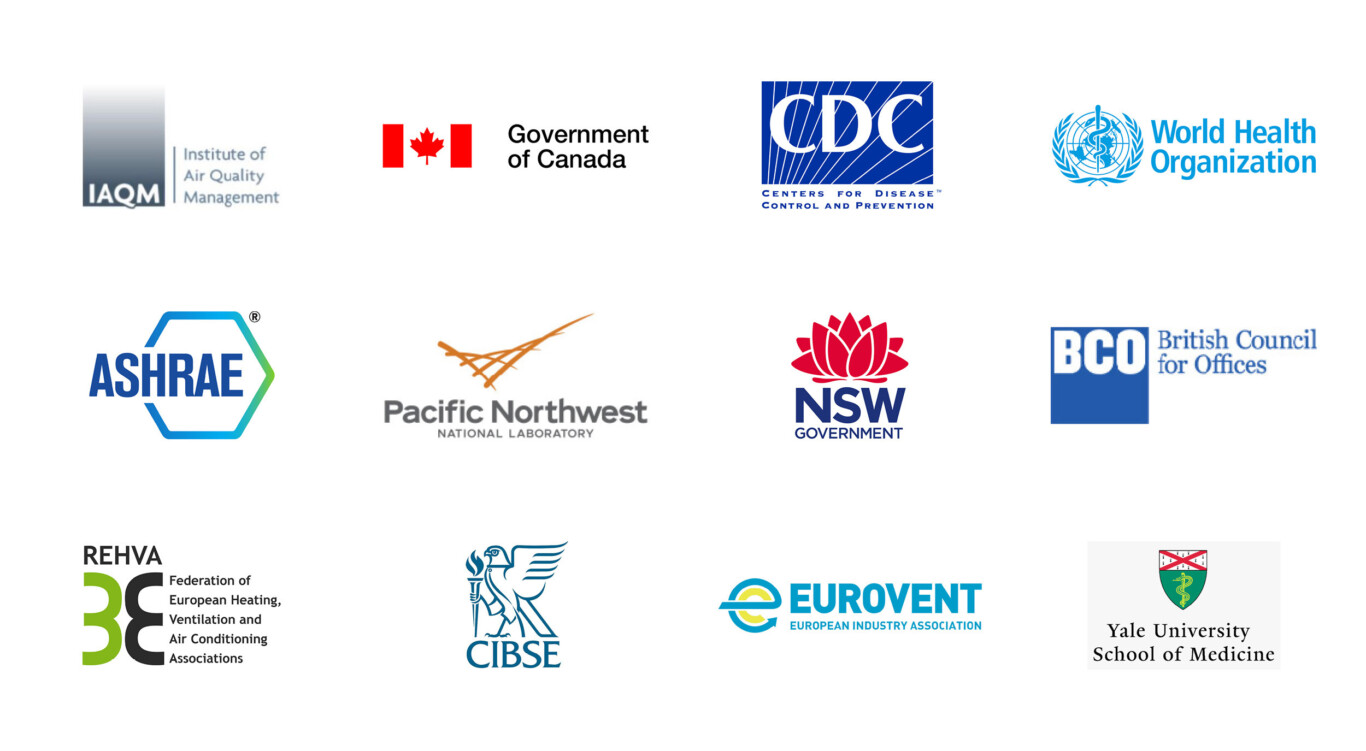
COVID-19 lessons for workplace design, from the European Space Agency, Hilson Moran and Chapman Taylor.
A European Space Agency-commissioned piece of research, in conjunction with Chapman Taylor and Hilson Moran, assessed what the impact of COVID-19 will be on workplace design. Gavin King from Chapman Taylor and Matt Kitson from Hilson Moran talk us through the findings and implications.
When was the research commissioned and do its findings have relevance beyond the COVID pandemic?
GK We undertook the research in December 2021 and received the results in Jan 2022. When the European Space Agency looks at designing or refurbishing its buildings, it will be using this piece of work as guidance. The team there fully expects that there will be another outbreak, be it COVID or something similar, down the line, whether that’s in two, five, or ten years. This study will continue to be relevant.
MK It will happen again. This isn’t just future-proofing against COVID. This is about airborne viruses in general and how we can create touchless, safe, workplace environments. To be able to minimise the threats. We’ve had bird flu, SARS, COVID; there will be more.
What can you tell me about the robustness of this research?
MK This is just a snapshot of all the organisations from whom we’ve consulted and taken information. As a white paper, it was almost academic in its rigour.
Can you refresh our memories about COVID and how its particles travel through the air?
GK This diagram shows the infection process of the COVID virus and how it travels through the body causing infection in the lungs and the symptoms that most of us are now familiar with. Sneezing creates droplets, either heavy droplets that land on surfaces or airborne, aerosol droplets. There are multiple different ways of contracting COVID.
MK This image shows that when you breathe out, you transmit three kinds of particles. The large ones fall on the floor and onto worktops close to you, generally within a couple of metres, but, frighteningly, their lifespan is three days. If you’re near enough to someone you can also breathe these in. The ones which cause the most problems are the small particles. Those airborne droplets can travel 7-9 metres and have a lifespan of 3 hours.
Fecal-oral is one of the methods of transmission that doesn’t get much airtime. What can you tell us about this?
GK In the UK, no one puts the top lid of the toilet down before flushing. But this simple habit is very effective at preventing the spread of infectious particles. I’m not sure why this wasn’t included in the government public health messaging alongside handwashing and distancing!
MK Developing a cleanliness routine is one of the main things you can do to stop the transmission. Put the lid down on the toilet before flushing. Wash your hands for 20 seconds with soap.
What about the recycling of air that occurs in many workplaces. How much of an issue is this?
MK Air gets drawn into an air conditioning system, sometimes mixed in with warm air, then pushed back out into the office. The systems can just be spreading the disease internally. What you really need is for the air to go straight up and out. Many HVAC (Heating, Ventilation & Air Conditioning) systems in their current forms will just completely negate any benefits from social distancing in the office. (Insert overview of HVAC considerations image). It’s also important to open windows if you can.
We’ve created a ventilation assessment tool that allows you to calculate how much air movement and air returns you’d need to have, depending on the size of your room and the infection rate. We can assess what your workplace would need to do to minimise the risk of transmission of COVID through your HVAC system.
Are there any product innovations on the horizon?
MK We’ve discovered that the COVID virus is killed off by UVC light, at a particular frequency. However, the light would blind a person, so it can only be sent into spaces with no one present. It’s already being used in some hospital wards and airport washrooms, to sterilise empty environments before cleaning staff can safely enter with no risk of catching or spreading the infection.
HVAC manufacturers are considering how they can put a UVC filter inside existing sealed air conditioning systems. Other options might include the Ultra Violet Light Sterilisation of handrails on moving escalators, for example, as they pass through the mechanism.
GK We’re looking closely at the use of materials in workplaces, such as introducing nanoseptic layers on touchpoints like lift and door buttons. Materials such as brass are naturally anti-microbial, so we’re seeing ironmongery coming back into vogue and being used as finishes on surfaces.
MK We’ve produced a ‘periodic table’ of things; a framework for healthy buildings. A checklist for everything you can do to make your building more healthy and more able to promote wellbeing, both for now and for the post-COVID future.
People are now returning to workplaces. How can we, as employees, avoid catching COVID or other airborne viruses in the future?
GK It’s so important that we’re returning to workplaces. Being in an office can help productivity, collaboration, mentoring, just so many things. A permanent move to homeworking just isn’t the answer.
Once you accept a return to the office, there are two main tools you can use: protocols and behaviour, and density of occupation. The first relates to measures such as washing hands and social distancing, the second relates to footfall and how much pressure you’re putting on the environment. This flowchart demonstrates a clear set of routine requirements that should be presented to employees at the start of each working day.
There is a big onus of responsibility on the employee. Once the workplace environment is enhanced to be as protective as possible, it’s so important that each employee embraces and respects the behavioural changes and routines required in our shared spaces, such as hand washing and social distancing.
What kind of systems could workplaces consider?
GK There are lots of practical steps that can be taken in the workplace. Looking at the flow of people and perhaps introducing one-way systems. Encouraging the use of stairs instead of lifts. We know COVID is spread through face-to-face contact so introducing Perspex screens at reception desks and serving counters where this sort of contact is unavoidable.
MK The team at ESA were keen to understand the different levels of risk within each of its offices and therefore the kinds of systems to be introduced aren’t “one size fits all”.
GK Absolutely. Each client, each organisation, needs to conduct a risk assessment on the different activities undertaken within the workplace and make a judgement based on levels of potential exposure and spread.
If you conduct an assessment and the risk of transmitting a virus within your workplace is high, then what can be done to mitigate that risk?
GK The density of occupation can make a huge difference. This graph shows how risk is very quickly reduced by decreasing the number of days employees come into the workplace.
Introducing a working from home policy, say, two days a week, can almost double the space you can allow in between each employee’s workstation and greatly lower the risk of transmission.
This case study demonstrates how we assessed seating plans for the European Space Agency’s office in Italy, based on different risk scenarios.
How would you summarise the steps that every employer should take right now, to protect its workforce against the spread of COVID and other potential infectious diseases?
MK: Be aware of how COVID is transmitted, through heavy particles that you breathe and also aerosol particles that can go further. Check how air is circulated around the building and that bad air isn’t re-circulated back in.
GK: From an occupier’s point of view, consider what are the protocols and behaviours that need to be put in place. What change needs to be affected for there to be a safe working environment when faced with the outbreak of a disease like COVID-19.
----
If you’d like to request an HVAC assessment, delve further into the framework for healthy buildings, or if you’d like an exploratory chat about future-proofing your workplace against infectious diseases, please get in touch with Gavin at GKing@ChapmanTaylor.com
He’d love to hear from you.
